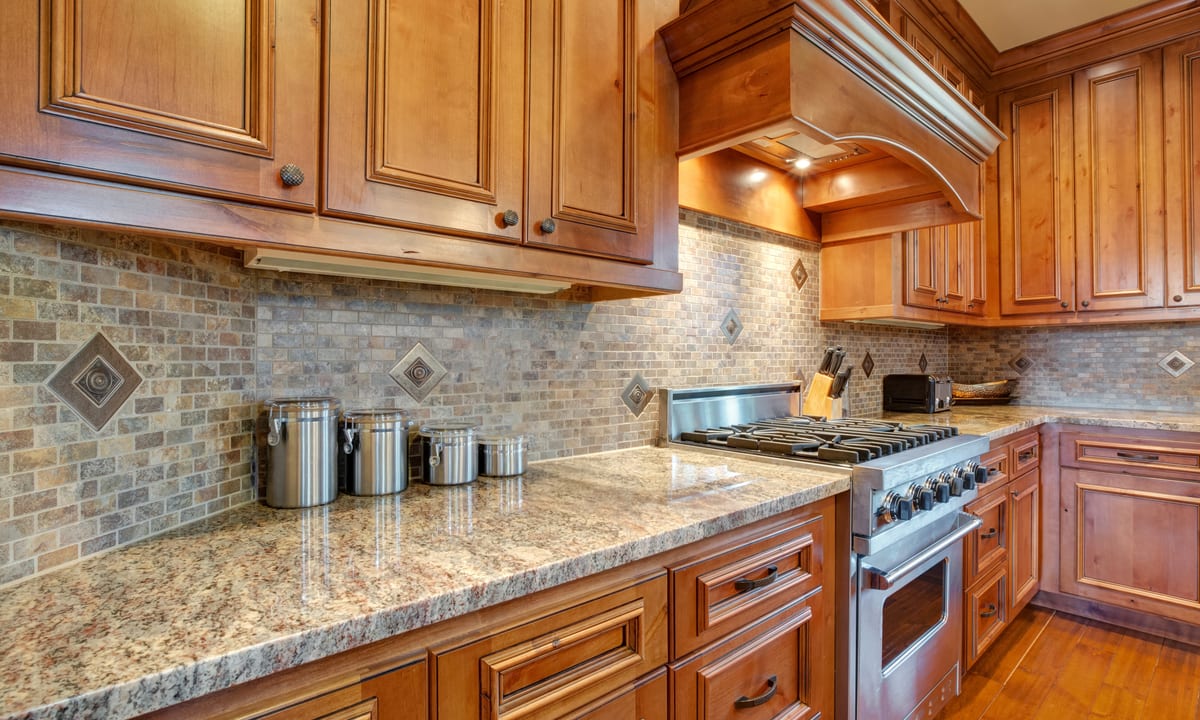Embracing the Cottagecore Renaissance: A Modern Take on Rural Charm
In a world dominated by sleek minimalism and urban aesthetics, a whimsical trend is blossoming in homes across America. Cottagecore, a lifestyle aesthetic that romanticizes rural living, has captured the hearts of homeowners and designers alike. This article delves into the charming world of Cottagecore, exploring its roots, its modern interpretations, and how you can infuse your home with its cozy, nostalgic appeal.

The Origins of Cottagecore
Cottagecore isn’t just a passing fad; it’s a response to our fast-paced, technology-driven world. This aesthetic draws inspiration from rural English cottages, American farmhouses, and the romantic notion of a simpler life. Its roots can be traced back to the Arts and Crafts movement of the late 19th century, which emphasized handcrafted goods and a return to nature.
However, Cottagecore as we know it today gained momentum in the early 2020s, particularly during the global pandemic. As people spent more time at home, many yearned for a sense of comfort and connection to nature. Social media platforms like Instagram and TikTok became hotbeds for Cottagecore content, featuring dreamy images of flower-filled meadows, homemade pies, and cozy interiors.
Key Elements of Cottagecore Design
At its heart, Cottagecore embraces a warm, lived-in feel that prioritizes comfort and character over perfection. Natural materials, soft colors, and vintage-inspired pieces are hallmarks of this style. Here are some key elements to consider when incorporating Cottagecore into your home:
-
Natural Textures: Think woven baskets, wooden furniture, and linen textiles. These elements add warmth and tactile interest to your space.
-
Floral Patterns: Delicate floral prints on wallpaper, upholstery, or curtains bring the outdoors in and add a touch of romance.
-
Vintage and Antique Pieces: Incorporate heirloom furniture, antique mirrors, or vintage kitchenware to add character and a sense of history.
-
Soft Color Palette: Opt for muted, earthy tones like sage green, dusty rose, and warm beige to create a soothing atmosphere.
-
Handcrafted Items: Showcase handmade ceramics, quilts, or embroidery to celebrate artisanal craftsmanship.
Modern Interpretations of Cottagecore
While Cottagecore draws inspiration from the past, contemporary designers are finding ways to make it relevant for modern living. Here’s how you can embrace Cottagecore without sacrificing modern comforts:
-
Open-Plan Living: Combine the coziness of Cottagecore with open-concept layouts for a spacious yet intimate feel.
-
Updated Color Schemes: While traditional Cottagecore favors pastels, modern interpretations might incorporate bolder hues like deep forest green or rich terracotta.
-
Mixing Old and New: Blend vintage pieces with contemporary furnishings for a look that’s both nostalgic and fresh.
-
Sustainable Focus: Align Cottagecore’s emphasis on natural materials with eco-friendly choices, such as reclaimed wood or organic fabrics.
-
Tech Integration: Subtly incorporate smart home features without disrupting the overall aesthetic. Think hidden speakers or charging stations disguised as vintage books.
Bringing Cottagecore to Your Garden
Cottagecore isn’t limited to interiors—it extends beautifully into outdoor spaces. Create a charming Cottagecore garden with these tips:
-
Wildflower Meadows: Plant a mix of native wildflowers for a naturalistic, romantic look.
-
Kitchen Gardens: Grow herbs and vegetables in raised beds or vintage containers.
-
Rustic Pathways: Use natural materials like gravel or stepping stones to create winding garden paths.
-
Whimsical Touches: Add charm with elements like bird baths, sundials, or repurposed items as planters.
-
Cottage-Style Planting: Embrace a slightly overgrown look with climbing roses, hollyhocks, and lavender.
The Cottagecore Lifestyle
Beyond aesthetics, Cottagecore encourages a slower, more mindful way of living. It celebrates home cooking, gardening, and traditional crafts. To fully embrace the Cottagecore lifestyle, consider:
-
Learning new skills like baking, preserving, or knitting.
-
Embracing slow living practices, such as taking time for afternoon tea or reading physical books.
-
Supporting local artisans and farmers’ markets.
-
Cultivating indoor plants or starting a small herb garden.
-
Practicing sustainability through upcycling, composting, or reducing plastic use.
Challenges and Considerations
While Cottagecore offers a charming escape, it’s important to approach it mindfully. Critics argue that it can romanticize rural poverty or present an unrealistic view of country life. When embracing Cottagecore, consider:
-
Acknowledging the realities of rural living beyond the aesthetic.
-
Avoiding cultural appropriation by respecting the origins of traditional crafts and designs.
-
Balancing nostalgia with practicality in your home design choices.
-
Ensuring that your Cottagecore-inspired choices align with your actual lifestyle and needs.
-
Supporting authentic rural communities and artisans rather than mass-produced “Cottagecore” products.
As we navigate an increasingly digital world, the appeal of Cottagecore lies in its promise of a simpler, more connected way of living. By thoughtfully incorporating elements of this trend into our homes and lives, we can create spaces that feel both timeless and refreshingly contemporary. Whether you’re drawn to its aesthetic charm or its lifestyle philosophy, Cottagecore offers a unique opportunity to reimagine our living spaces as havens of comfort, creativity, and connection to nature.




